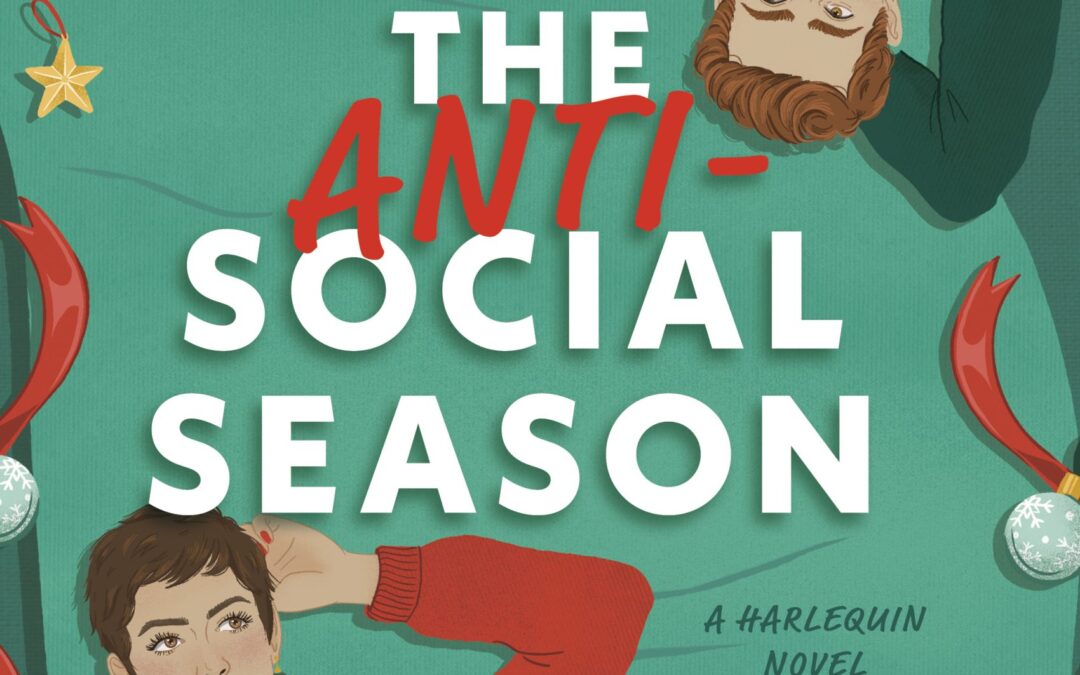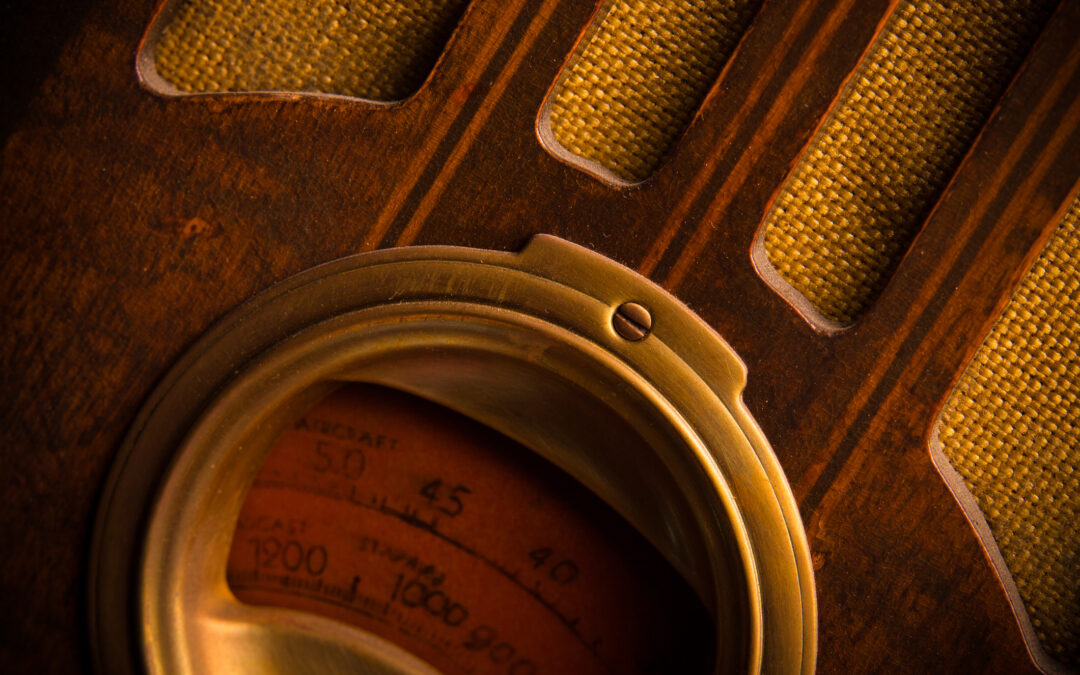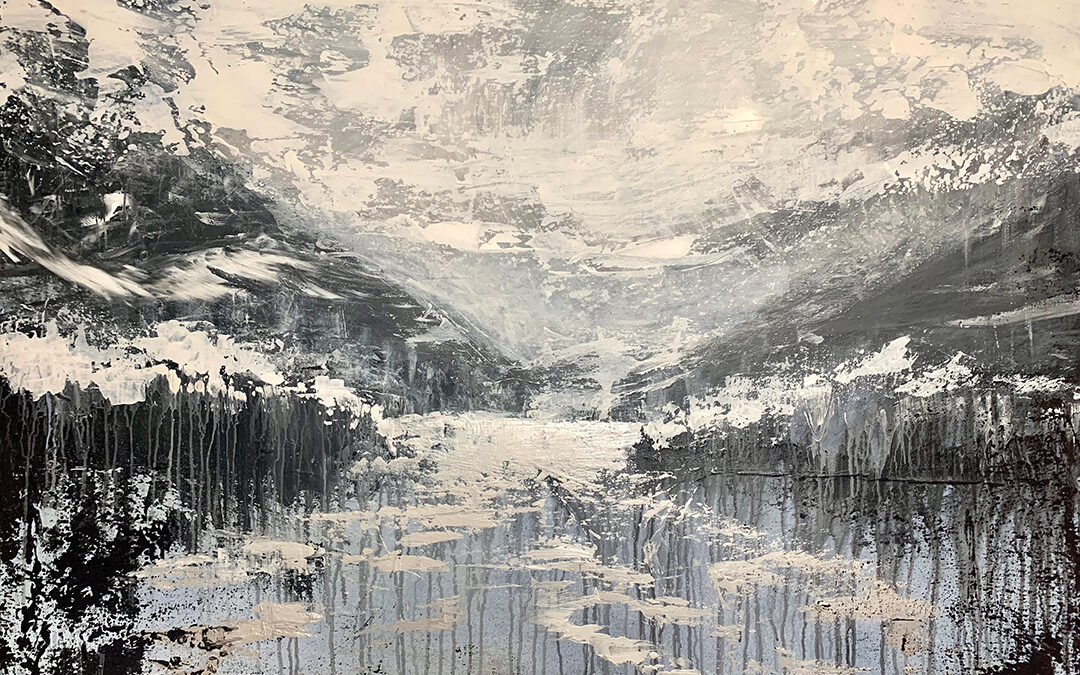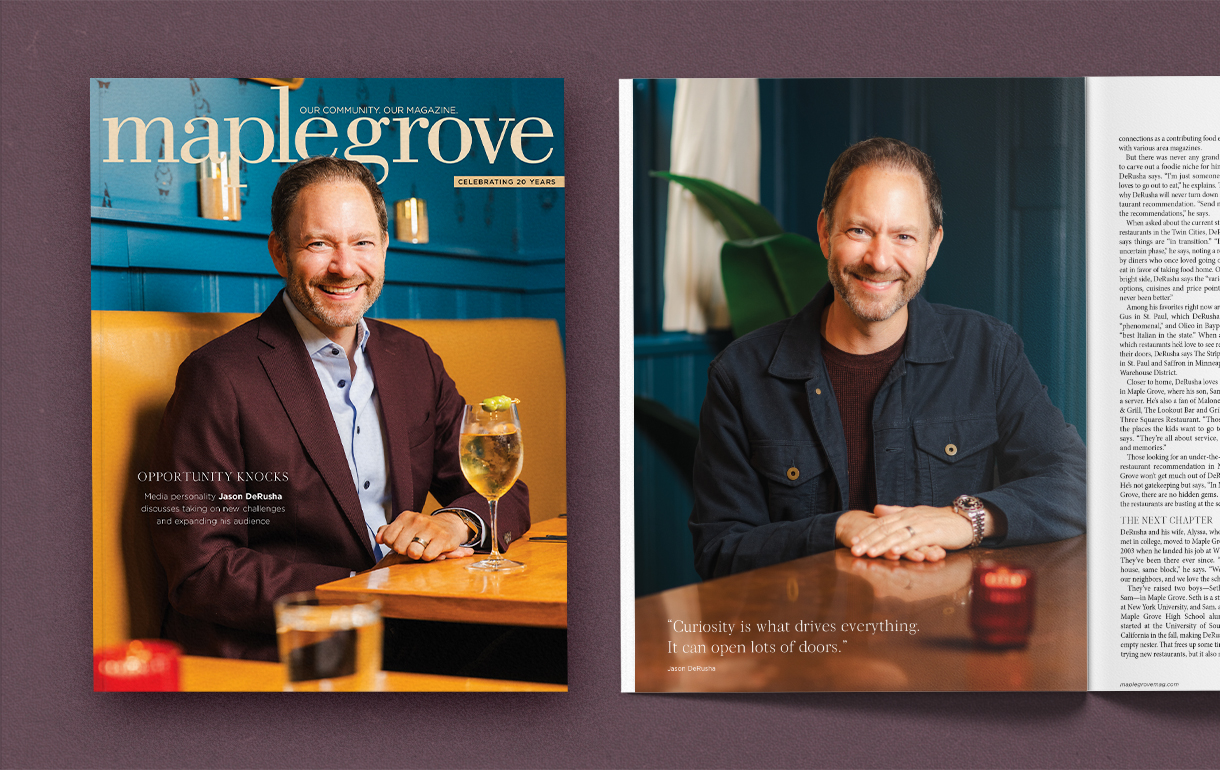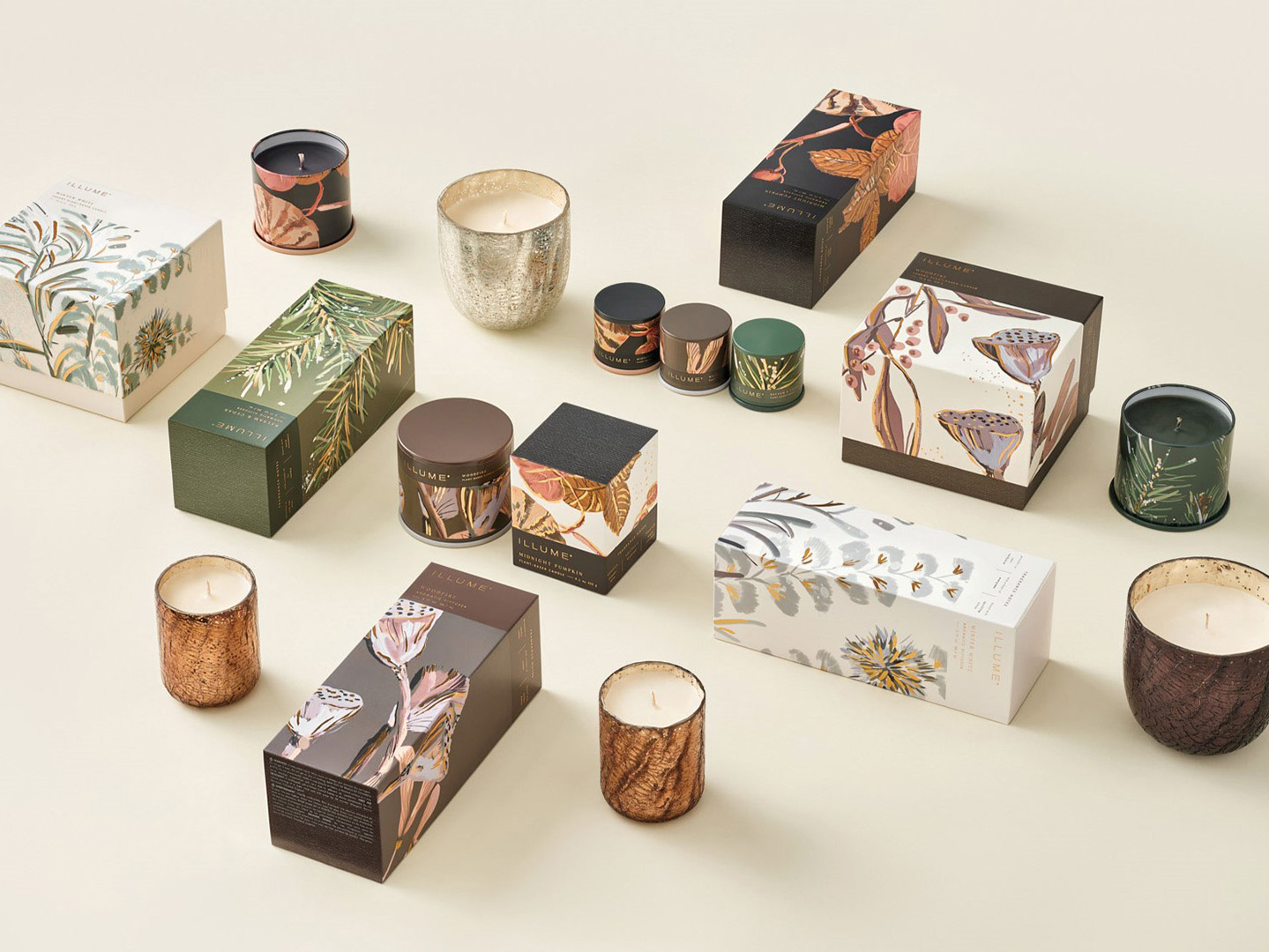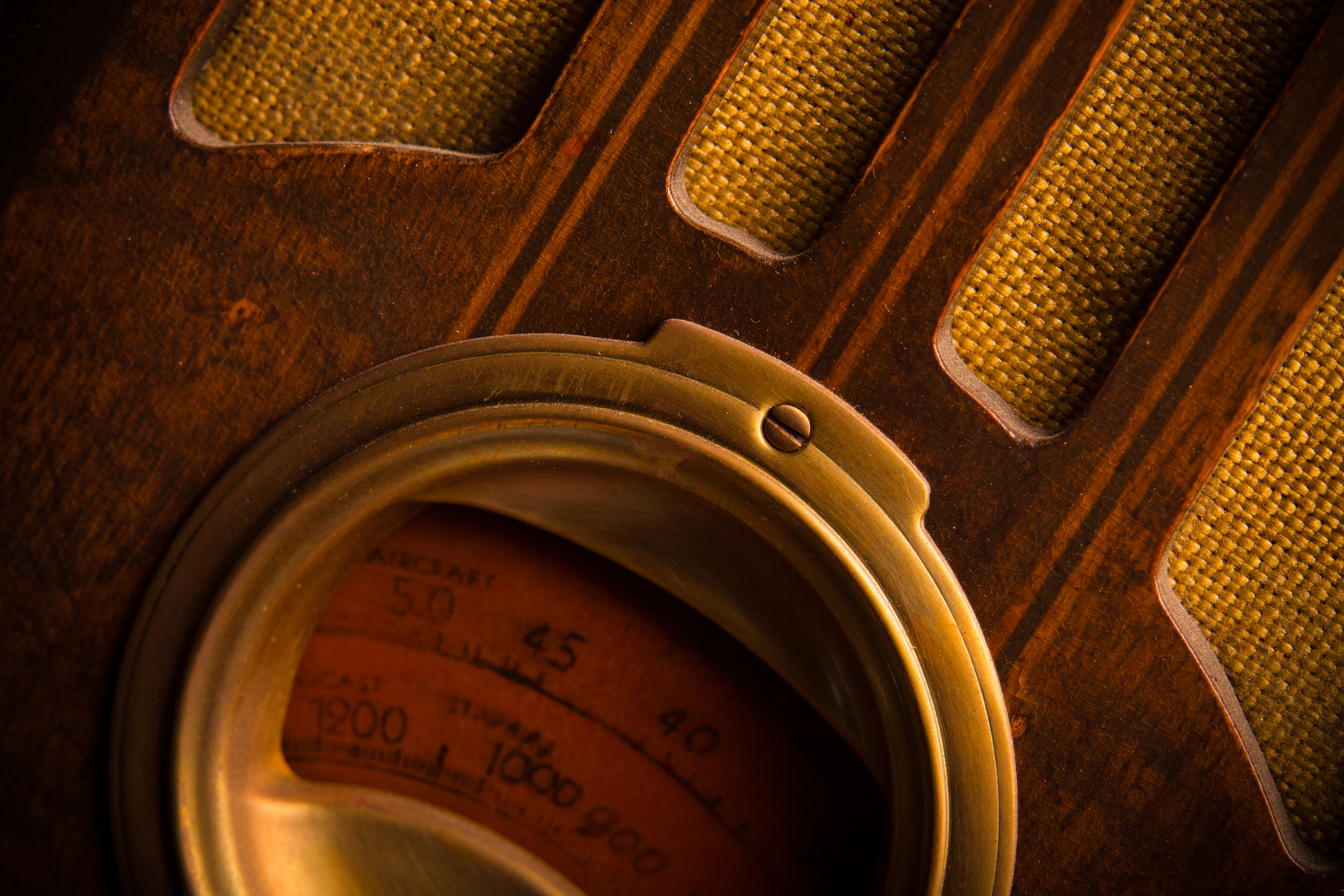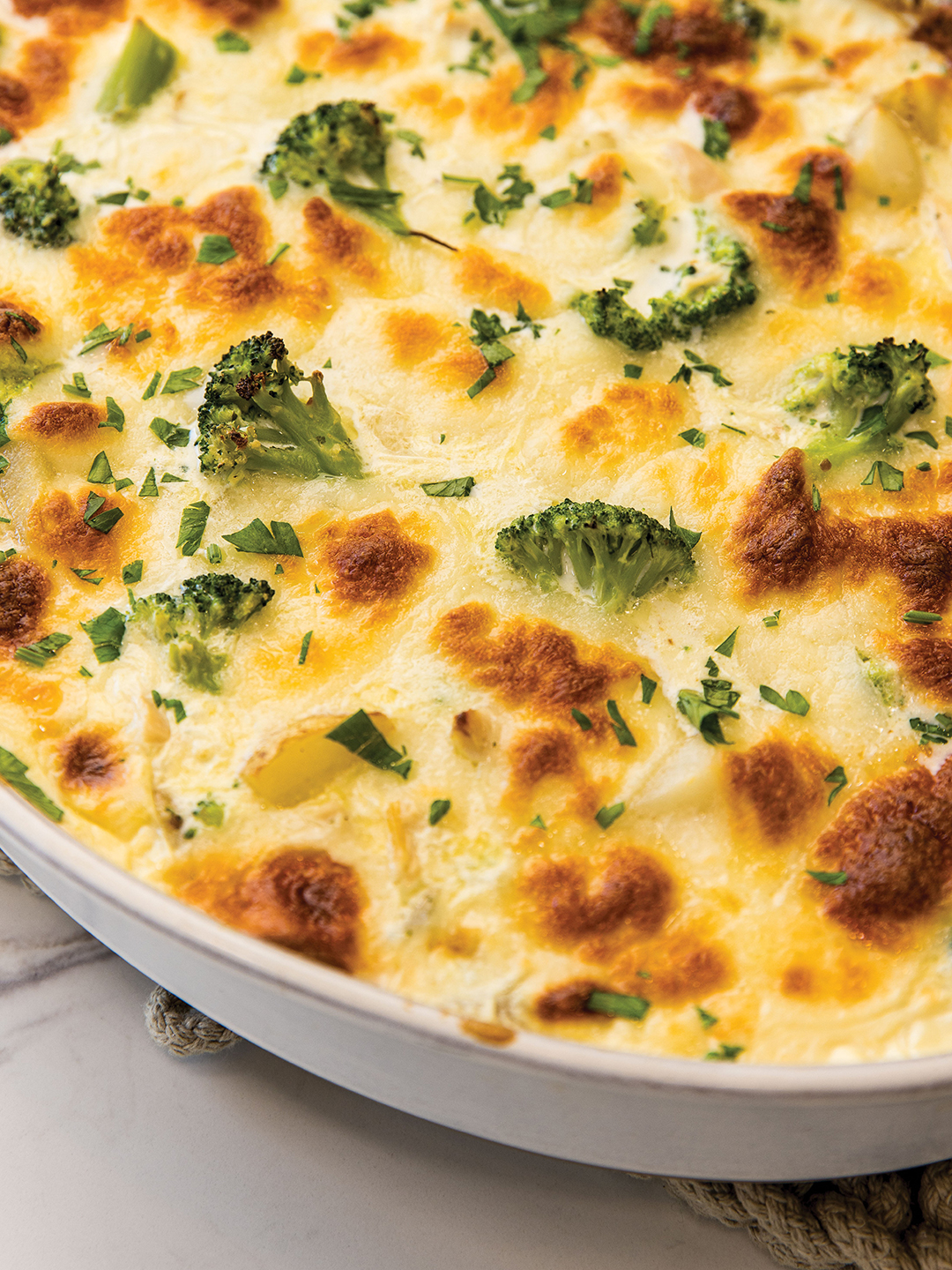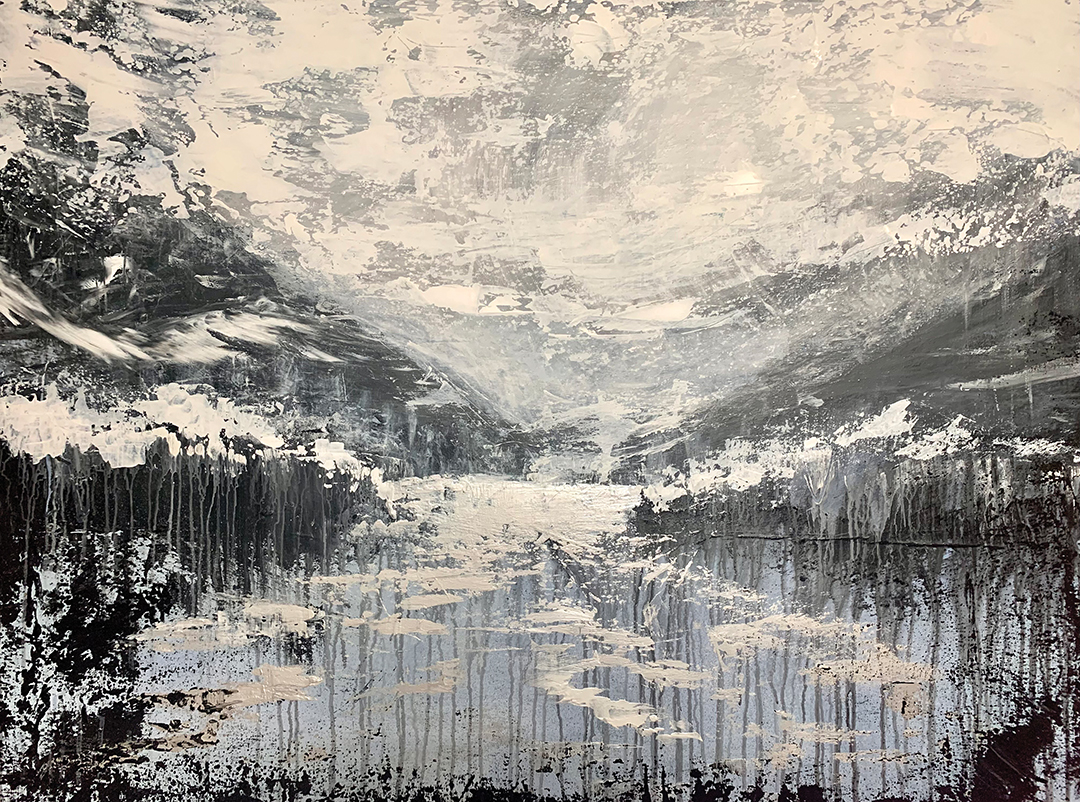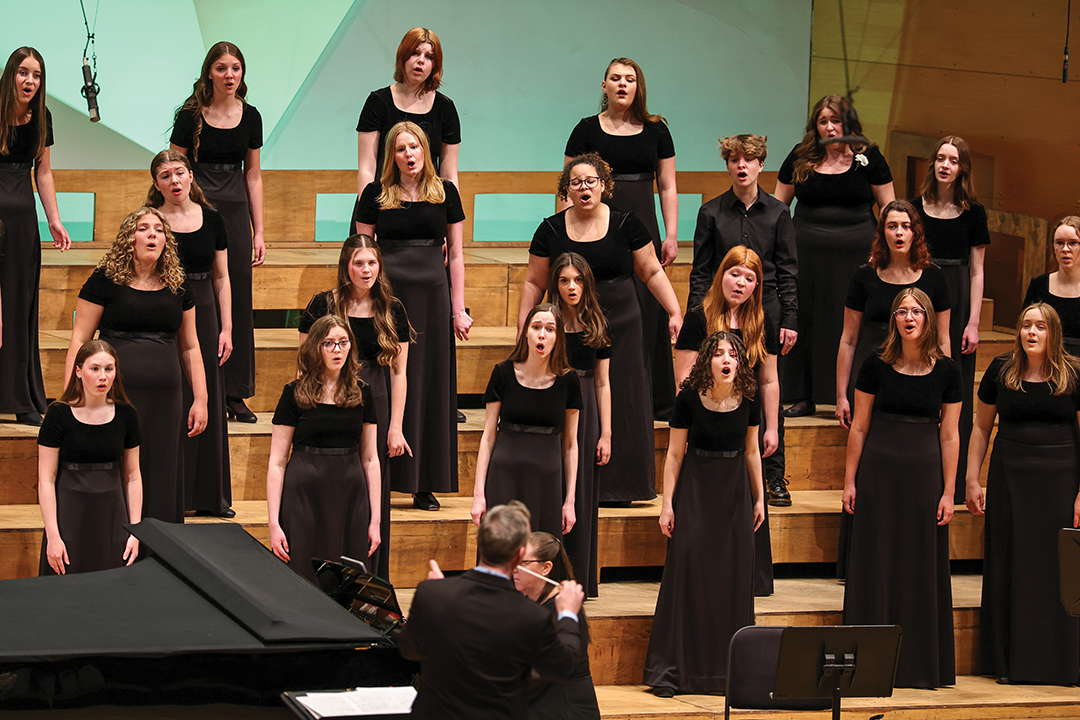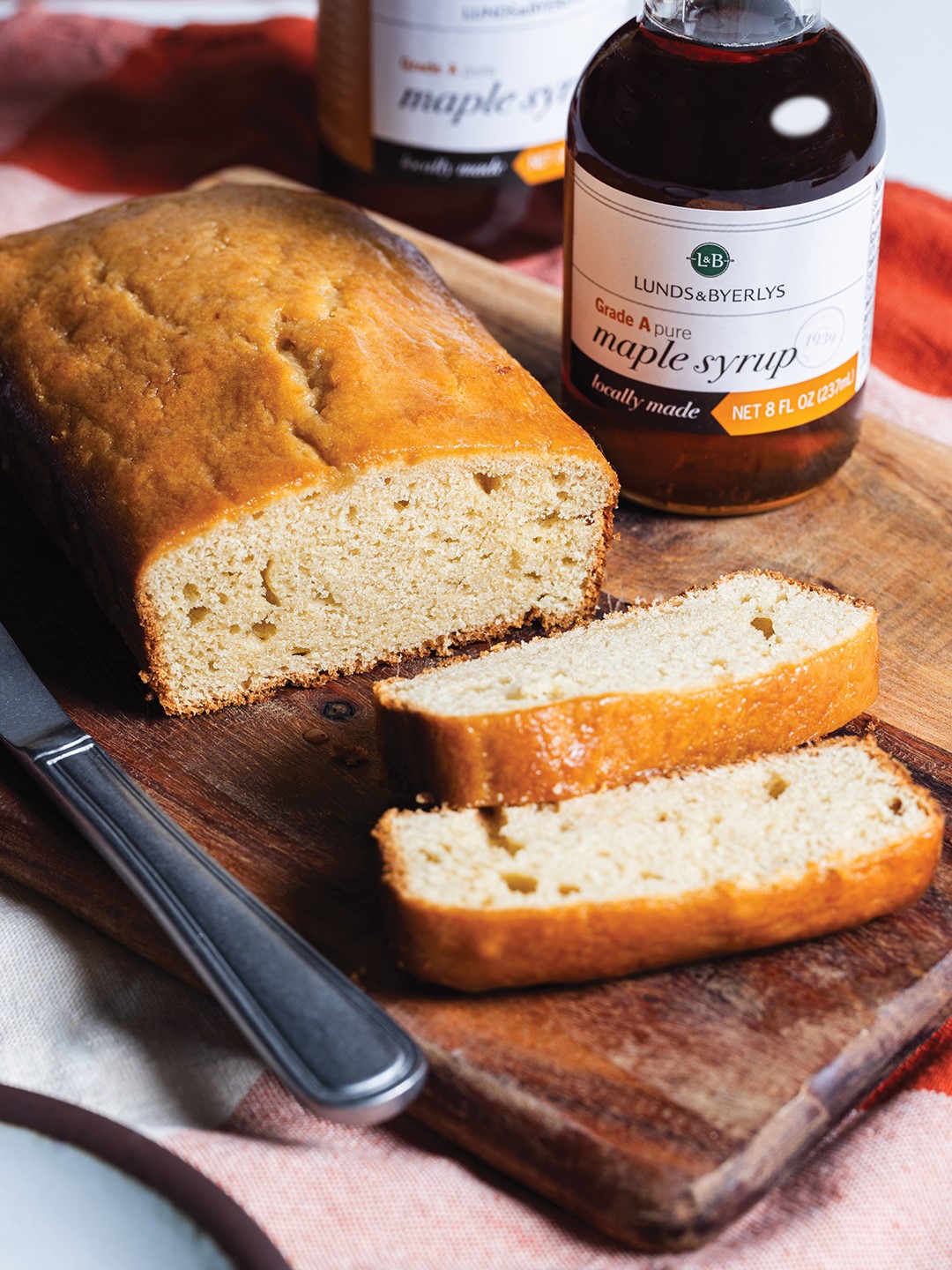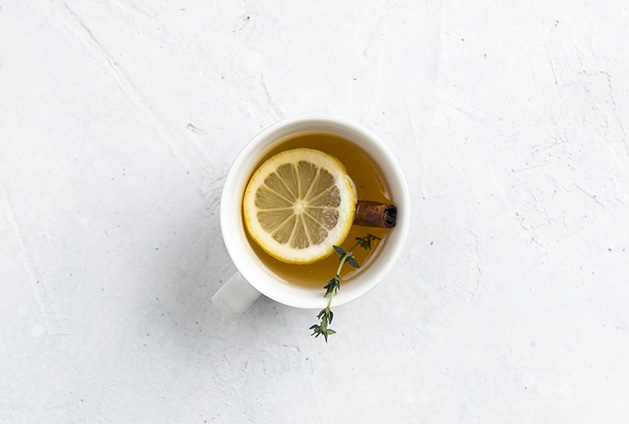
iStock/solidcolours
Camellia sinensis anyone?
This article originally appeared as part of the story Loose Leaf Rules in the April 2019 issue. For a couple of delightful family recipes using tea, click here.
There are four basic types of teas (a species of evergreen), which are cultivated for that morning cup o’ tea or crumpet accompaniment.
Black tea
Seventy-five percent of the global tea consumption, it’s allowed to wither and oxidize and is then crushed. Black teas can be slightly bitter and contain 50-60 percent of the caffeine found in the same quantity of coffee.
Green tea
Leaves are rapidly heated, so their oxidization is halted. They produce subtle flavors, contain less caffeine and should be brewed at a lower temperature.
Oolong tea
Leaves oxidize for a short time for a hearty taste. Their intriguing tones are compared to fresh flowers or fresh fruit. The same leaves are commonly steeped many times as the leaves improve with rebrewing.
White tea
The most delicate of all, it’s picked when young and hand-processed. A very low steeping temperature extracts delicate, mild flavor and low caffeine.
Herbal tea
This is not actually a tea, but a combination of herbs, flowers and dried fruits.
Seasonal Customer Favorites at Daily Dose:
Winter: China Breakfast (black) tea
Spring: Hibiscus Rooibus
Summer: Blueberry
Daily Dose
15517 Grove Circle N., Maple Grove
Facebook: Daily Dose Cafe and Espresso
Twitter: @DailyDoseMN

